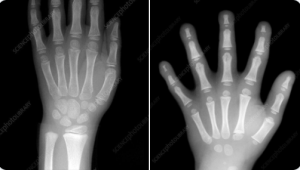Over the holidays we had our graduates join us. These days are always crazy, but they are also some of the best days and my favorites.
Our oldest graduate is Molly who is 10 and I have known her for most of her life. She was in my class as an infant and was one of the first students at Birdsall House when we opened.
Molly was talking to me about her school, and she said that she thought it was strange that most of the other fourth graders don’t talk to the younger children. She said that she always waves and says hi to the kindergarteners. She remembers what it was like to be new to school and thinks the other students should too.
We talked about how she is used to being with younger children; this might not be the same for the other fourth graders. Even if they have younger siblings, there is a good chance that they were in childcare and did not spend a lot of time with their sibling or other younger children.
Our society separates children by age from a very young age. Children don’t often get the opportunity to interact with older and younger children the way past generations did. I am currently reading Artificial Maturity by Dr Tim Elmore and he lists this as one of the factors at play in creating artificial maturity. When children are constantly with peer their own age, they lose the opportunity to be inspired by those who can do more and to learn compassion from helping those who know less.
Not only was Molly wise in her desire to interact with children who are younger than her; she also knows a bit more about child development than many adults. She was writing at the art table with some of the younger children who admired her handwriting. Molly told them that she has such good handwriting because she built the muscles in her hands by playing with clay, dirt, and other items before she started writing. She told them not to expect to write like her until their hands are stronger.

This is something I wish parents and early childhood educators would realize. The hand of a 3-year-old is very different than that of a 5-year-old. As you can see in this x-ray comparison. They don’t need to practice writing, they need to build the necessary muscles to write; this, as Molly suggested, is best done by playing with many different materials and using the hand in many ways.
I can’t wait to hear more wisdom from Molly and our other graduates during spring break!